Halloween With Some Latin Flair
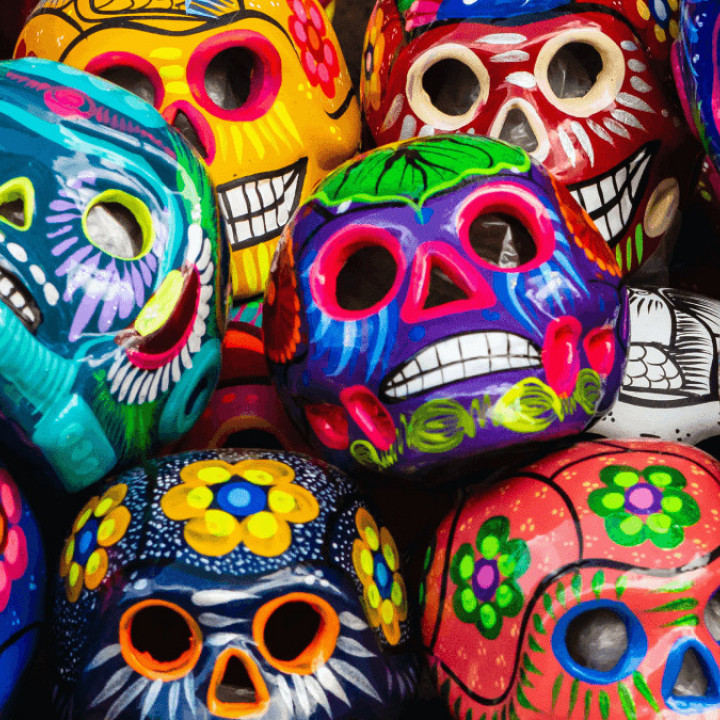
As autumn descends and the days grow shorter, the enchanting season of Halloween arrives, captivating the hearts and imaginations of people around the world. While Halloween's roots trace back to ancient Celtic and Christian traditions, Spanish-speaking countries and Latin American communities infuse their unique cultural elements into this beloved holiday. Read on as we uncover the fascinating tapestry of Halloween traditions that make Spanish and Latin American celebrations so extraordinary.
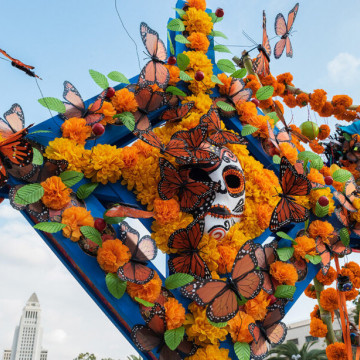
Dia de los Muertos: Mexico's Day of the Dead
In the heart of Mexico, a vibrant and joyful celebration unfolds during the first days of November. "Dia de los Muertos," or "Day of the Dead," is a time for families to honour and remember departed loved ones. Far from a somber occasion, the festivities burst with colour, music, and life. Elaborate altars, known as "ofrendas," are adorned with marigolds, sugar skulls, candles, and cherished mementos of the deceased. These altars serve as a bridge between the living and the departed, creating a sacred space for reminiscing and celebrating the spirits of those who have passed on.
In addition to the ofrendas, parades known as "calacas" fill the streets with vibrant costumes and intricate face paint, paying homage to the ephemeral nature of life and the ever-present influence of death. Families share stories, enjoy traditional foods, and partake in the sweet aroma of "pan de muerto," a special bread baked for this occasion. Dia de los Muertos is a testament to the Mexican belief that death is simply a part of the cycle of life, and that our departed loved ones should be celebrated and remembered with joy.
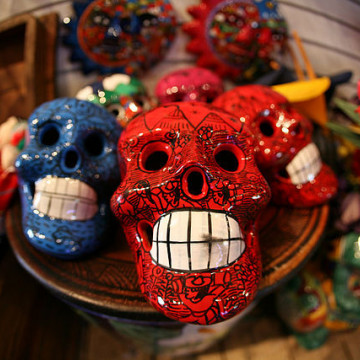
El Dia de las Brujas: Halloween in Spain
In the heart of Spain, "El Dia de las Brujas," or Halloween, has gained traction in recent years. While not traditionally a part of Spanish culture, this spirited holiday has been embraced by urban centres, especially among the younger population. Spanish cities like Barcelona and Madrid come alive with lively Halloween parties, complete with costumes, spooky decorations, and themed events. Many schools and cultural centres also incorporate Halloween-themed activities into their curriculum, creating a fun and educational experience for children.
While Halloween is a relatively new addition to the Spanish cultural calendar, it has seamlessly woven itself into the fabric of festivities, adding a dash of spooky flair to the already vibrant Spanish celebrations.
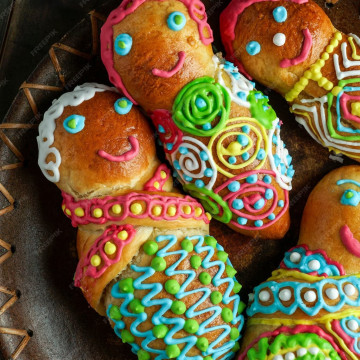
Guagua de Pan: Ecuador's Bread Babies
In the highlands of Ecuador, the Day of the Dead takes on a sweet and heartwarming twist. "Guagua de Pan," which means "bread baby" in Quechua, is a tradition where intricately decorated bread figurines, often shaped like babies, are offered as gifts during the Day of the Dead celebrations. These charming creations symbolise the souls of departed children and are meant to bring comfort to grieving families. The combination of craftsmanship and symbolism in Guagua de Pan illustrates the Ecuadorian belief in the enduring connection between the living and the departed.
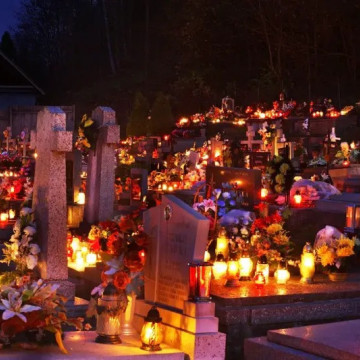
La Velorio: Chile's Vigil for the Departed
Chile's Halloween celebrations, also known as "El Dia de las Brujas," incorporate elements from both traditional Halloween and the Day of the Dead. However, it's the tradition of "La Velorio" that stands out. Families gather at cemeteries to hold a vigil for their departed loved ones, lighting candles and sharing stories to honour their memory. This intimate gathering fosters a sense of closeness and remembrance, emphasising the enduring bond between the living and the departed.
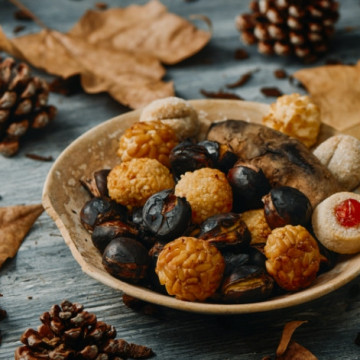
La Castanyada: Catalonia's Chestnut Festival
While not strictly a Halloween celebration, Catalonia's "La Castanyada" is celebrated around the same time and shares some similarities. This festival revolves around chestnuts, sweet potatoes, and "panellets," small almond-based sweets. Families come together to enjoy these treats, and in many regions, children dress up in costumes reminiscent of Halloween, blending elements of both traditions. La Castanyada is a testament to the Catalan reverence for the bounty of the harvest season and the importance of coming together in celebration.
Spanish and Latin American Halloween traditions are a captivating blend of ancient customs and modern celebrations. Embracing the supernatural, paying homage to ancestors, and revelling in the joys of the afterlife, these traditions enrich the global tapestry of Halloween, offering a rich and diverse array of practices to celebrate this bewitching holiday. So, this October, consider infusing a bit of Latin flair into your Halloween festivities, and experience the magic of these captivating traditions firsthand.
¡Feliz Halloween!